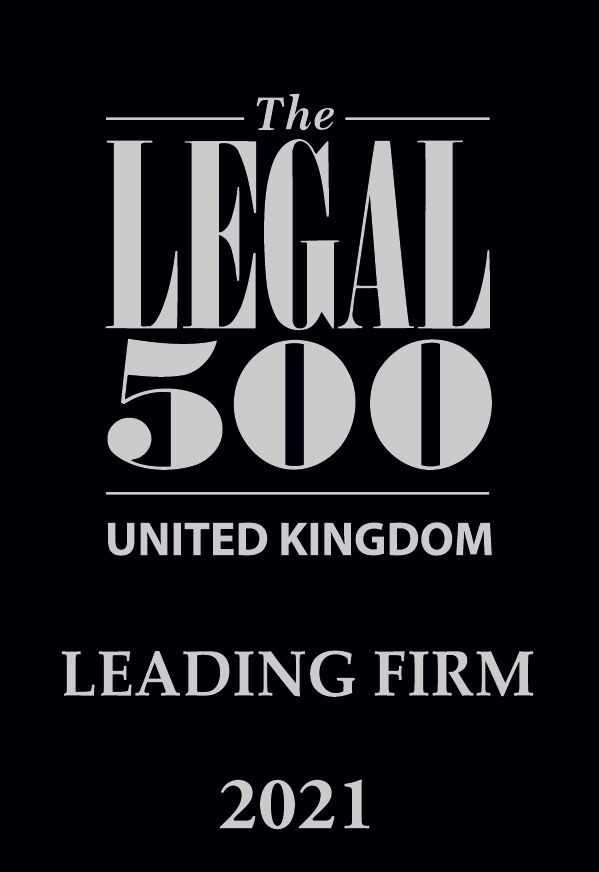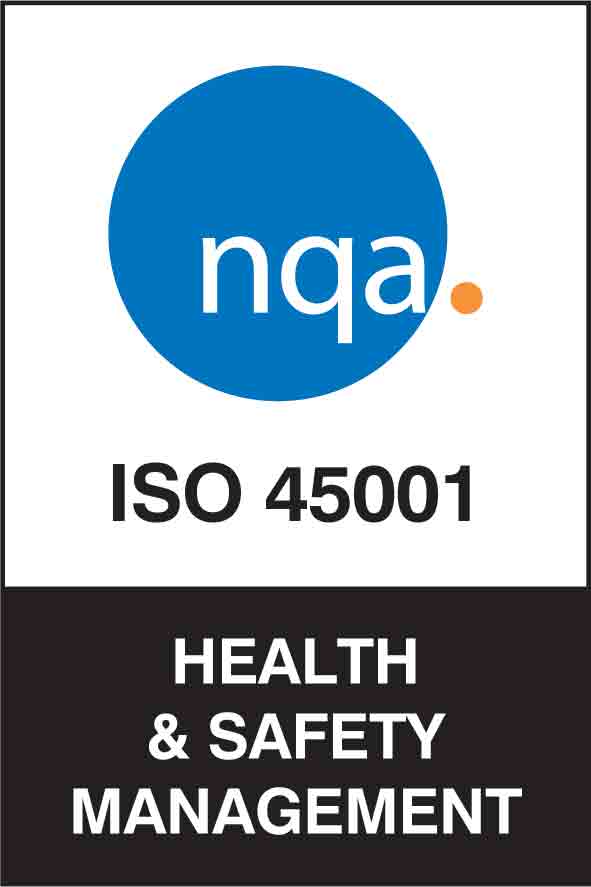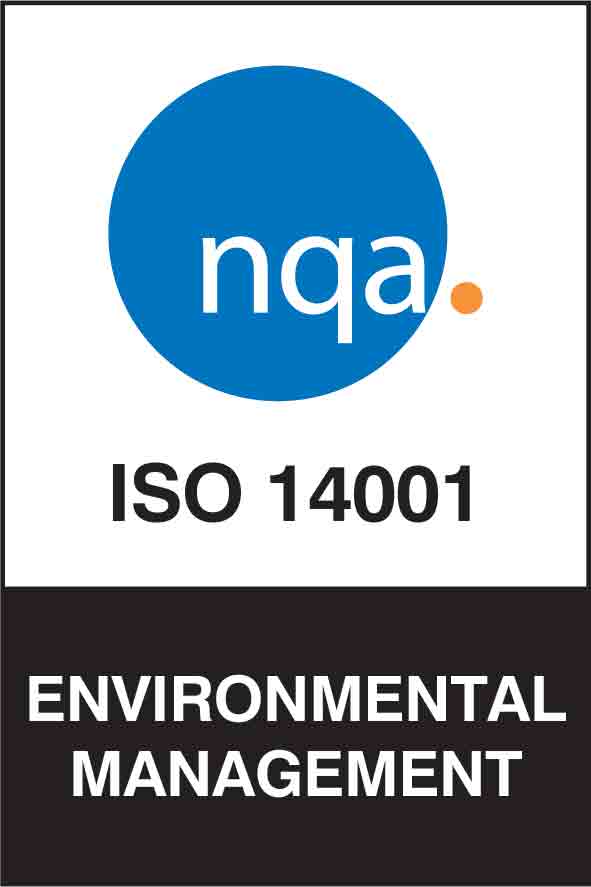If you're rounding off the summer with an outdoor event, health and safety might not be the most exciting element of your preparations, but it’s a part of the process you can’t afford to overlook.
You don’t have to be a health and safety expert to run a safe and successful event – but you do need to understand your legal duties and give some thought to how you will keep staff, suppliers and attendees safe from set up to break down.
In most cases, this simply means taking a series of sensible steps to prevent harm to anyone involved in your event, planning ahead for emergency situations, and applying a common-sense approach.
In this guide, we explain what’s expected of you and how to get it right.
But first, what does the law say?
As an event organiser, you have a duty to plan, manage and monitor the event to make sure that workers and the visiting public aren’t exposed to health and safety risks.
The law doesn’t expect all risk to be eliminated but does require that reasonable precautions are taken, and that staff are trained and aware of their responsibilities, to keep risk to a minimum.
What steps are ‘reasonable’ to take will depend on how big the risk is. This must then be weighed against the money, time or effort required to reduce or eliminate it. A step would only not be required if these factors far outweigh – not balance – the risk.
However, this doesn’t mean you’re excused from doing anything. If the risk can be reduced using easier and more proportionate measures, then you would be reasonably expected to take these steps.
Of course, protecting staff, volunteers and members of the public from harm is not only a legal requirement but a moral obligation that all employers should take seriously.
There is no one-size-fits all answer to what’s required from a health and safety perspective when organising an event. The level of detail in your planning and the controls you implement should be proportionate to the scale of the event and the degree of risk.
3 steps to effective health and safety management for events
Step 1: Assess venue suitability

As a starting point, it’s a good idea to create a written profile of your event so that you have a clear understanding of the event concept. Think about:
- The activities you’re planning;
- The estimated number of attendees and staff;
- The demographic of attendees (for example, young children, elderly people or people with disabilities will have different needs).
As a starting point, it’s a good idea to create a written profile of your event so that you have a clear understanding of the event concept. Think about:
- The activities you’re planning;
- The estimated number of attendees and staff;
- The demographic of those attending (for example, young children, elderly people or people with disabilities will have different needs).
After the visit, you will need to be able to answer the following questions:
There should be sufficient room for people to move about freely.
10 factors that will determine the maximum number of people a venue can safely hold include:
- The number and location of emergency exits;
- The total exit width after discounting the largest exit;
- The type of building/structure;
- Fire loads;
- Smoke detection systems;
- Whether alcohol will be served (as this may affect flow rate and people’s perception of risk);
- The topography of the site;
- Areas taken up by facilities such as food and merchandising stalls;
- Whether people will be standing, seated or a mixture of both; and
- Whether there will be attendees with reduced mobility.
Establishing the maximum capacity of the venue is essential as it will help prevent overcrowding, allow people to enter and exit safely, and ensure smooth evacuation in the event of an emergency. Guidance on calculating maximum venue capacities can be found here. Better still, take advice from a qualified Health & Safety Consultant on appropriate capacities for your specific event.
It’s important to ensure safe access to the site, plus all site activities and locations. Think about:
- How pedestrians and vehicles will access the event site/venue;
- How you will separate people and vehicles;
- How people with disabilities will access the venue;
- Your onsite parking arrangements;
- Holding areas for equipment and trade vehicles; and
- The location of emergency exits (these should be kept free at all times).
It’s a good idea to organise stewards and put up signs to help the smooth flow of people around the site and prevent potential bottlenecks/pinch points where crowds may build up.
Identify any hazards present at the site that may pose a risk to attendees. For example, are there any overhead power lines or underground cables that you will need to avoid when erecting structures? Are the ground conditions poor? If so, you will need to adapt your plans or put in place control measures to eliminate or reduce risk.
One you have considered these questions and confirmed that the venue is suitable, create a site map indicating the location of facilities, boundaries, entrances and exits, plus existing and temporary structures (such as any marquees, stalls, seating and stages). All contractors, suppliers and staff should be familiar with your site plan, so it’s worth circulating this to all involved ahead of time.
Step 2: Identify and control risks
Now that you’re familiar with your venue, the set-up of your event and who will be attending, you will need to think about the potential risks arising from each of these elements. The term ‘risk assessment’ may sound daunting, but in reality, this is just a careful examination of what, at your event, has the potential to cause harm to people – whether that be staff, volunteers, contractors or members of the public. Only by understanding these risks can you take steps to remove or reduce them.
The risk assessment process can be broken down into three parts:
- Identify possible causes of harm and who may be harmed. Common hazards at events include roads and car parks, manual handling tasks, electrical equipment, overcrowding, fire, and slips, trips and falls. Speaking to staff, contractors and venue management is a good way to uncover hazards that may not be immediately obvious to you.
- For each hazard, evaluate the likelihood of harm occurring given the safeguards you have in place. This can be done using a rating system, where you score the likelihood of each risk occurring and the severity of the risk posed from one to five. This will help you to understand which hazards need to be prioritised.
- Put in place further safeguarding measures where necessary. Remember, the key is to reduce risk to as low a level as reasonably practicable. For some risks, there may be specific regulations that require particular control measures to be taken.
Free Download: Definitive Guide to General Risk Assessments
Identify risks and keep your business compliant with this free guide
While risk assessment is integral to the health and safety of your event, the HSE emphasises that conducting a risk assessment isn’t about creating paperwork; it’s about identifying sensible measures to control the risks arising from your activities. However, it’s a good idea to keep a record of your findings as this will help you to comply with health and safety law and, should an incident occur, provide evidence of the steps that were taken to minimise risk.

Our Health & Safety Software provides a simple risk assessment tool which allows you to input hazards, assign likelihood and severity risk scores, input your control measures and see your overall risk status.
Step 3: Prepare for emergencies
From medical emergencies, to fire, to a structure collapsing, there are a number of situations that may require you to take urgent action. The key here is to plan ahead and develop set procedures for anyone working at the event to follow.
When devising your emergency plan, consider:
- How you will raise the alarm with volunteers and staff;
- How you will alert attendees and shut down/temporarily suspend activities;
- How you will move people away from immediate dangers, and where you will move them to;
- How you will evacuate children and people with limited mobility;
- The location of first aid kits and fire extinguishers;
- Who will be responsible for notifying emergency services;
- How emergency vehicles will gain access to and leave the site;
- Whether you will have access to first aiders; and
- Whether security staff are needed.
Depending on the scale or nature of your event, it may also be necessary to inform the police, fire and ambulance service of your plans ahead of time.
You should test your emergency procedure prior to the event to evaluate its effectiveness and give those involved an opportunity to practice carrying out their roles.
An emergency situation is a worse-case scenario and effective risk assessment should prevent major incidents from occurring; however, knowing how to respond is crucial to preventing injuries and possible fatalities.
3 top tips for ensuring things go smoothly on the day
- Keep an eye out for emerging health and safety hazards and brief everyone to watch out for potentially hazardous situations.
- Establish a communication network so that everyone knows what’s going on and can respond to issues quickly.
- Conduct regular monitoring checks to make sure entry and exit routes are kept clear, control measures remain in place, and equipment is being used correctly.
Final thoughts
With the right planning, organisation and execution, events can be both safe and fun, and the key is to strike the right balance between the two. This means focusing on real risks, implementing proportionate control measures, and ensuring those involved are supported, competent and understand their roles. It doesn’t mean that every aspect of the event should be set out in copious paperwork, that all risks must be eliminated, or that events should be avoided altogether.
In many cases, particularly for smaller events in designated venues, health and safety issues can be addressed quickly by simple working with the venue management. For anything higher-risk, or if in doubt, it’s always a good idea to bring in a professional.
Ultimately, you want your event to be a success, and an accident occurring not only has the potential to ruin an otherwise enjoyable day but may also attract regulatory attention, leaving you exposed to fines and even prosecution. It’s therefore important that you’re confident in your health and safety management and, if not, that you receive the right support.
Need a helping hand?
Protecting the health, safety and wellbeing of anyone affected by your activities is naturally a top priority for employers; however, finding the time to give these matters the time and attention they deserve can be difficult, especially if you don’t have the necessary expertise.
From events to audits and inspections, if you require practical, hands-on support with any aspect of health and safety management, Ellis Whittam’s fixed-fee Health & Safety support will allow you to meet your responsibilities, confidently.
To talk through your needs and find out how our action-based service can remove health and safety guesswork and take the pressure off, call 0124 464 6164 or request a free consultation using the button below.






